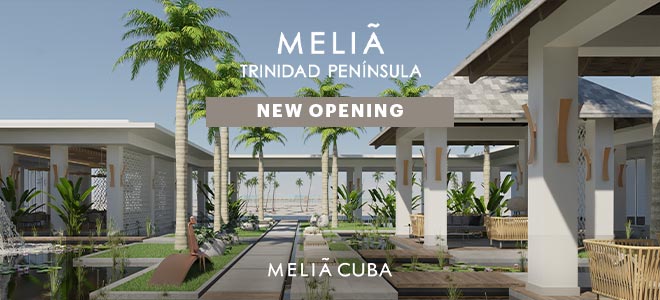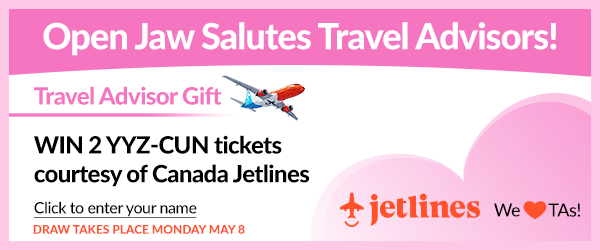As the Canadian tourism industry recovers, many destinations are looking to the LGBTQ+ community as the first group they welcome back. The community as travellers tend to be resilient and eager tourists with a higher disposable income. For context, 1.7m people attended Toronto’s Pride celebrations in 2017– with almost 600,000 people coming to the city from out of town – all of which contributed an estimated CAD $374m to Ontario’s GDP that year. “We know that members of the LGBTQ2S community are avid travellers,” says Éric Lauzon, senior community partnerships manager with Air Canada. “We feel this market will be one of the first to book travel to destinations where they feel safe, not only safe from a COVID-19 perspective but also to places where LGBTQ2S travellers are welcome.” Next month, Montreal’s Village, the city’s LGBTQ neighbourhood, will unveil the first stage of a three-part, two-year project that will see a revamping and greening of portions of Rue Sainte-Catherine, including new art installations on Sainte-Catherine and Rue Atateken. This fall, the city will launch a podcast offering a gourmet food and history tour of the Village to help people explore the area on their own. As part of its Capital Pride month celebrations at the end of August, Ottawa will be marking the 50th anniversary of the We Demand protest, Canada’s first public demonstration for gay rights, held on Parliament Hill on Aug. 28, 1971. Kelowna, B.C., is helping visitors feel included before they even arrive by featuring pieces on its tourism website written by LGBTQ business owners who are thriving in the city, as well as profiles of local drag queens like Sparkle and Freida Whales. Canada’s LGBT+ Chamber of Commerce estimates that the Canadian LGBTQ travel market is worth $12-billion annually so observers say it is logical to try to capture some of that spending domestically.
You will be redirected in 2 seconds.
CLICK HERE FOR FULL STORY









